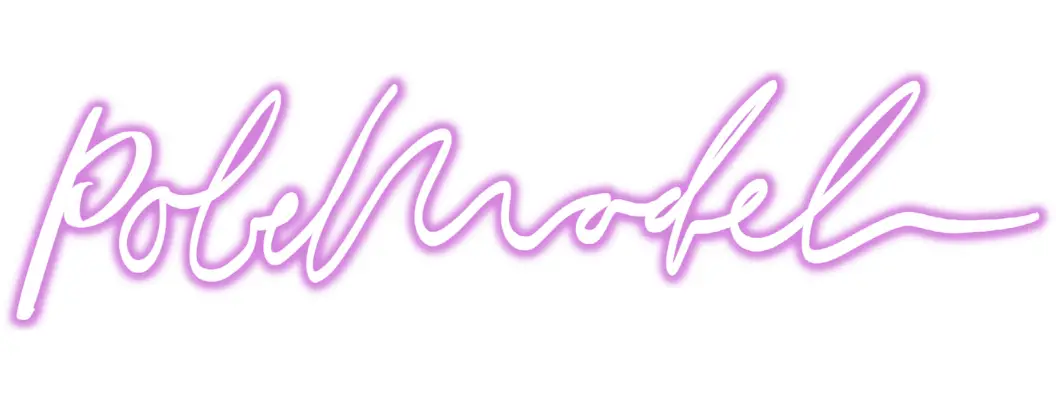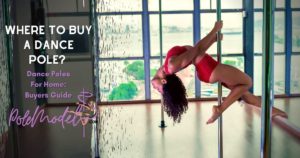The fashion industry has long been a highly competitive and exclusive field, with models often having to meet certain criteria in order to be considered for work.
But what body type do models have? While the range of body types represented in the modeling industry is broadening, there are still certain ‘industry standards’ when it comes to size, shape and proportions that many aspiring models must adhere to in order to secure work.
In this article, we take an in-depth look at these standards, as well as current movements towards greater diversity and inclusion within the modeling industry.
Industry Standards For Body Type
When it comes to achieving success within the fashion world, there are certain physical attributes that many agencies require their potential models possess before they can even consider them for roles.
Generally speaking, female runway or editorial models usually need to stand between 5’9 – 6’0 tall with measurements of 32-24-34 (bust – waist – hips).
Male runway or editorial models should stand anywhere from 6’0′ -6’3″ tall with measurements of 40–32–38 (chest – waist -hips).
These figures represent idealized versions of beauty which are repeatedly promoted throughout popular culture and media; however they don’t reflect reality nor accurately portray a diverse representation of individuals found in society today.
Movement Towards Diversity And Inclusion
In recent years there has been an increasing shift towards representing more diverse body types on catwalks and editorials across the globe; particularly through campaigns such as #droptheplus by plus size model Tess Holliday or #iamsizesexy led by Iskra Lawrence who promotes self love regardless of your weight or size .
Alongside this movement online , inclusive brands like Aerie have made commitments to not retouching any images used for their advertising campaigns .
This serves as evidence that attitudes towards beauty ideals are changing ; especially amongst young people where 68% believe that all sizes should be represented equally across mainstream media platforms .
Range Of Body Types Represented In The Industry
Despite recent attempts at promoting greater levels of tolerance through these aforementioned initiatives , most high profile modelling jobs continue favouring smaller sized women over larger ones due largely because designers tend utilise sample sizes during production stages .
Sample sizes typically range from 0-4 US dress sizes so those outside this bracket may find it difficult break into some areas such modelling shows on runways etc .
.
However if you’re willing put extra effort into finding suitable opportunities then there plenty out there ! It’s important remember too that different countries & cultures will also feature specific requirements based upon local preferences ; Japan example tends prefer slimmer frames than other parts Europe/America while Latin America often seeks curvier shapes its own unique brand glamour .
.
Importance Of Representation & Body Diversity It’s crucial represent wider spectrum bodies both magazines covers catwalks alike ensure everyone feels seen catered for regardless appearance / ethnicity etc .
.
.
Doing so allows companies reach whole new audience market products services better reflects population general taking account differing tastes needs each demographic group .
This ultimately leads increased sales profits more engaged customers improve customer loyalty create healthier relationship between company consumer down line .
.
.
Furthermore opportunities provided through representative campaigns help boost morale confidence those involved give sense purpose purposeful careers individual level making small difference community large scale bigger picture !!
For more quality content like this, be sure to check out the Pole Model Youtube Channel!
See you there 🙂

